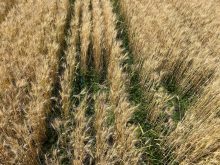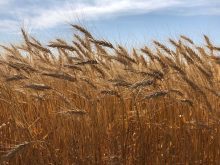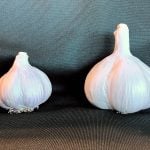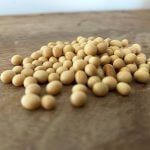CDC Meadow and CDC Golden are currently the acreage kings for yellow peas in Saskatchewan. But two young guns could usurp one leader.
CDC Saffron and Amarillo “could take the place of Meadow, for example.” Dr. Tom Warkentin told CropSphere delegates in Saskatoon last January. Warkentin specializes in pulse breeding and research at the University of Saskatchewan.
CDC Amarillo was released in 2012. It’s a top yielder in northern and southern regions, and has one of the best lodging ratings in Western Canada. CDC Saffron yields well, too. Seeds are medium to large. Other top yielders include Agassiz, Abarth, Argus and Early Star.
Read Also
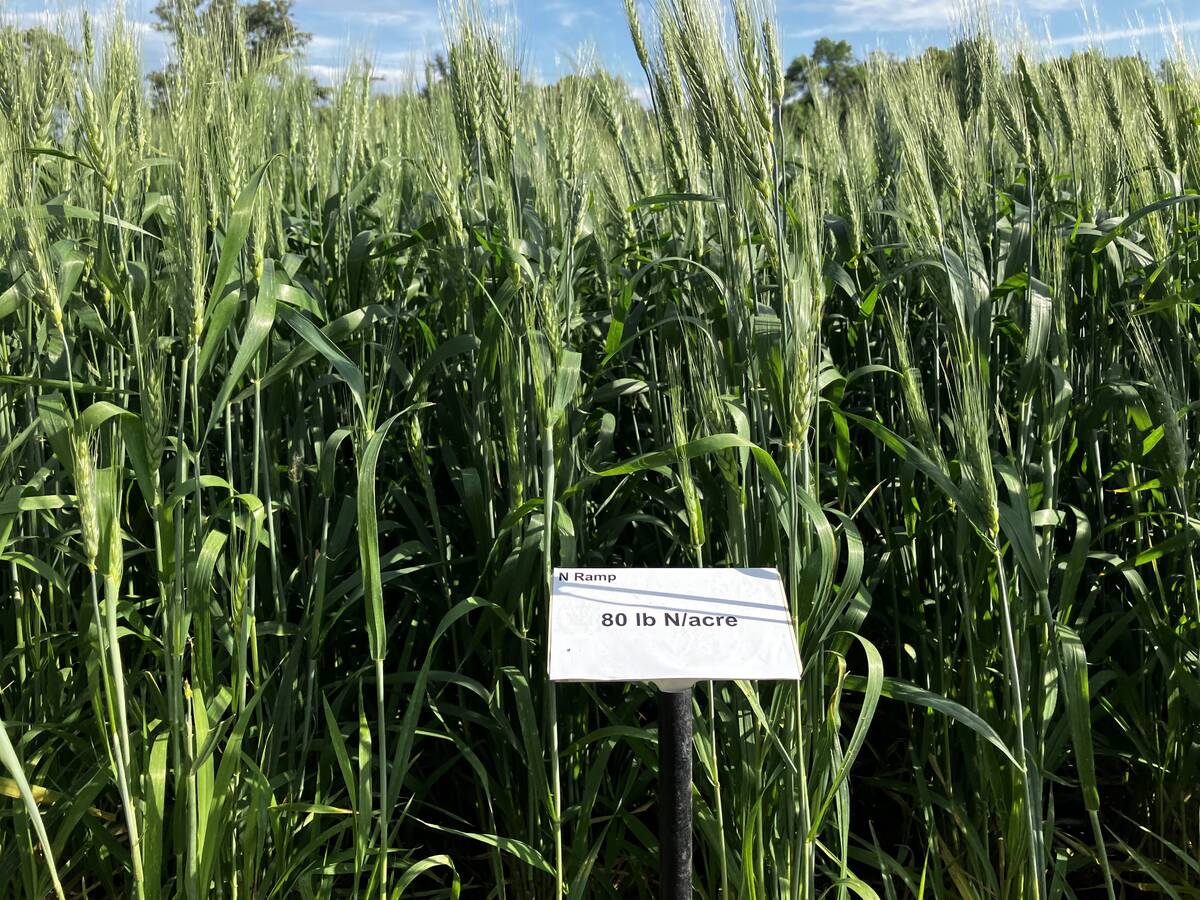
Ramp up your nitrogen efficiency in winter cereals
Nitrogen ramps are a tool to help farmers hone their fertilizer rate for the best, most cost-efficient winter wheat or fall rye crop.
Among green peas, CDC Striker was still the most popular variety, even though it was released in 2002. CDC Raezer, which is a descendant of Striker, is a contender for top future variety. Its seed is similar to Striker, and yield and powdery mildew resistance are good.
CDC Limerick could also be a future favourite among growers. It’s one of the top yielders and has a greater protein concentration than other varieties.
Farmers might also want to take a look at high-yielding CDC Dakota, a dun variety. Though there are no commercial acres in Western Canada, Warkentin said he’s like to see farmers give it a try.
“Typically the Australians are selling dun peas into India where they’re dehulled and used with yellow pea applications.”
- From the Manitoba Co-operator: Peas seen as good cropping option for Canadian growers
Research pipeline
Farmers will have hardier pea varieties in the future, if crop researchers have their way.
Pulse researchers have also added root rot resistance to their to-do lists, he said.
Future pea varieties might be able to take the heat and still yield well. “If we get hot spells in early July when the peas are flowering, we know that can dampen yield.”
“My theory is that the reason we had such good yields in 2013 was because the temperature was hovering around 23, not 29, for most of July,” Warkentin said.
Gotta risk it to get the biscuit
The riskiest crops can also be the most profitable, Dr. Bunyamin Tar’an, chickpea breeder with the University of Saskatchewan, told CropSphere delegates. “Just like when you put your money in stocks.”
Chickpeas offered the most potential net profit, according to numbers Tar’an sourced from the January 2 issue of the Western Producer.
But chickpeas can train wreck if farmers don’t keep a lid on disease.
Chickpea breeders aim for two fungicide applications maximum, says Tar’an. He said they will sometimes spray a third time, but no more. “You don’t have to spray five, six times.”
Hitting the crop at the eight-node stage the first time around is critical. “At that stage, chickpea doesn’t look like a crop. It looks like you’re spraying the ground because the plant is very small.”
Tar’an also recommends rotating fungicides on subsequent applications to avoid resistance.




